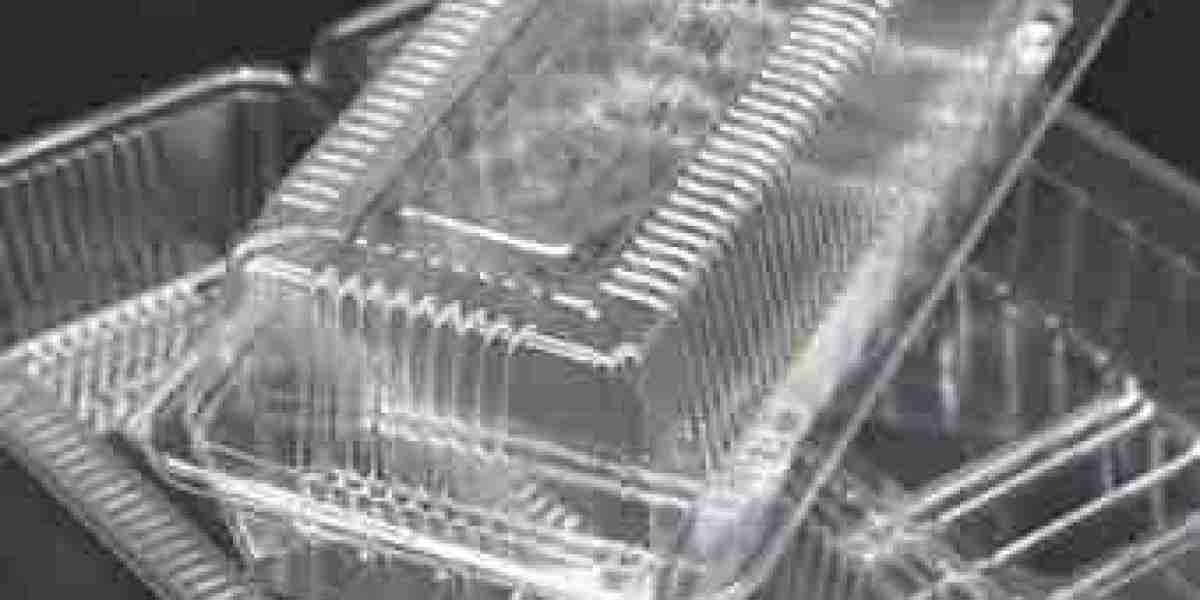As global concerns about plastic waste continue to rise, innovative solutions are emerging to combat pollution and promote sustainability. One such solution is the recycling of PET (Polyethylene Terephthalate) plastic into PET flakes. PET flakes » are fast becoming a valuable resource in the recycling and manufacturing industries, offering both economic and environmental benefits. In this article, we’ll delve into what PET flakes are, how they are made, and their growing significance in the circular economy.
What Are PET Flakes?
PET stands for Polyethylene Terephthalate, a type of plastic commonly used in beverage bottles, food containers, and packaging. Once these plastic products have served their purpose, they don’t have to end up in a landfill. Instead, they can be collected, cleaned, and processed into PET flakes—small, rigid pieces of recycled plastic.
These flakes are usually transparent, bluish, or green, depending on the source material. They are created through a process that involves shredding used PET bottles or containers into fine pieces, washing them thoroughly to remove labels, glue, and impurities, and then drying them.
Why Are PET Flakes Important?
PET flakes are a sustainable raw material used in the production of a wide variety of products. Their benefits include:
- Environmental Protection: Recycling PET reduces the need for virgin plastic, which cuts down on oil usage and greenhouse gas emissions.
- Cost-Effectiveness: Using recycled flakes can lower manufacturing costs, making them attractive for producers.
- Versatility: PET flakes are used in a wide range of industries—from textiles to packaging to automotive components.
Common Uses of PET Flakes
Once processed, PET flakes can be transformed into:
- Recycled polyester fibers for clothing, carpets, and upholstery
- New PET bottles and containers
- Strapping tapes
- Sheets and films for packaging
- 3D printing filament
In essence, PET flakes give plastic waste a second life.
The Recycling Process: From Bottle to Flake
- Collection: Used PET bottles are collected from consumers, businesses, or recycling centers.
- Sorting: Materials are separated by color and type to ensure quality.
- Washing: Bottles are cleaned to remove labels, residues, and contaminants.
- Shredding: Clean PET bottles are crushed into small flakes.
- Drying and Packing: Flakes are dried and packaged for sale to manufacturers.
The Future of PET Flakes
With global efforts to reduce plastic waste and increase circular economy practices, the demand for high-quality PET flakes continues to grow. Innovations in recycling technology are also making the process more efficient and accessible.
Governments, businesses, and consumers alike are recognizing that recycling isn’t just a trend—it’s a necessity. And PET flakes are at the heart of this movement.
Conclusion
PET flakes may be small, but their impact is huge. As the world seeks smarter, greener solutions to plastic waste, these tiny pieces of recycled plastic are helping to pave the way toward a more sustainable future.



